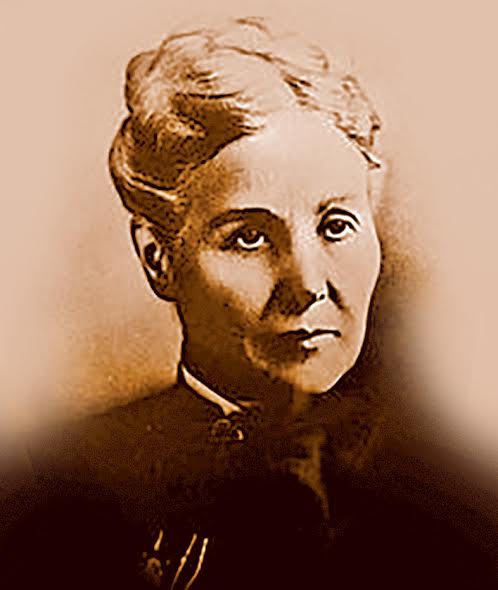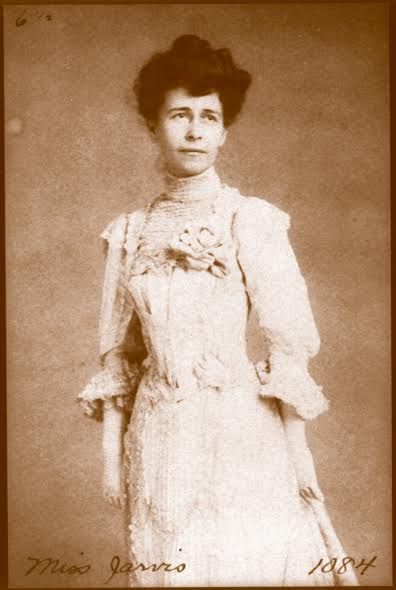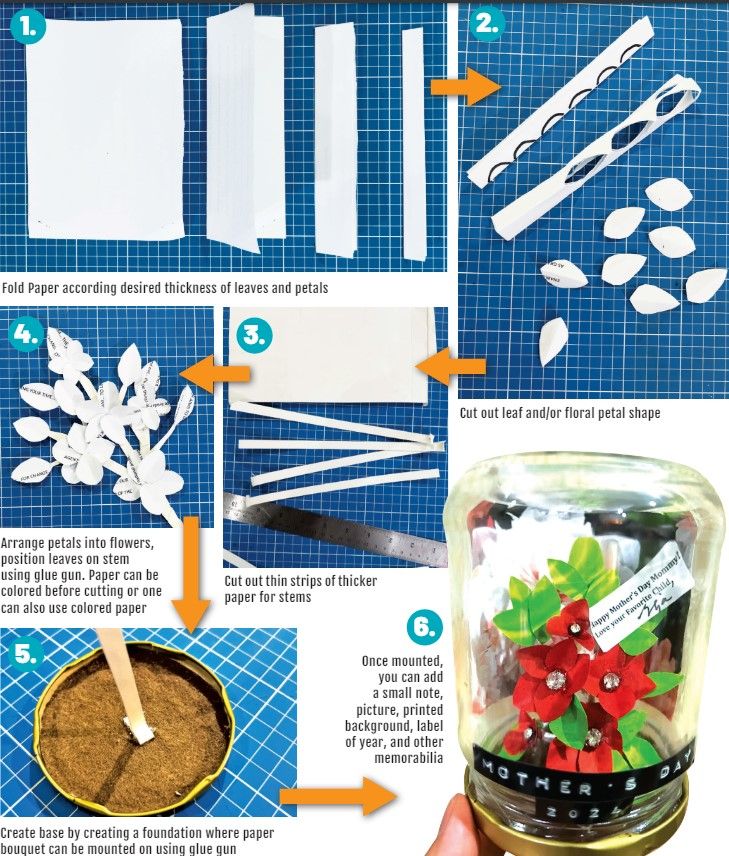How Mother's Day came to be
And a simple DIY present you can give to your mom
At A Glance
- It took a few years but in 1914, then US President Woodrow Wilson made Mother's Day a national holiday and by virtue of us being an American colony, the tradition of celebrating Mother's Day on the second Sunday of May has been kept.
Mother’s Day in the Philippines is tomorrow. If you haven’t yet found a gift or want a more novel and meaningful token of your appreciation for your mom, I will talk you through a few quick and easy DIY Mother’s Day gift projects but before that let us remind ourselves how this annual celebration came to be.

The modern-day tradition of setting aside one Sunday to honor mothers was started by a spinster from Philadelphia, US named Anna Jarvis. Ana was the daughter of Ana Reeves Jarvis more popularly known as “Mother Jarvis,” a social activist, Sunday School teacher in Virginia, and founder of the Mother’s Day Work Clubs in 1858. These Mother’s Day Work Clubs (later known as the Mother’s Friendship Clubs) wanted to “educate poor families to combat poor health and unsanitary living conditions.” You see Mother Jarvis had 13 children but only four survived into adulthood. It was said that this was not unusual in West Virginia where the Jarvis lived as infant mortality rates were high on account of “poor sanitary conditions and hygiene practices and the very limited availability of professional physicians.”

During the American Civil War (1861-1865) the Mother’s Day Work Clubs, despite being predominantly located in the state of Virginia, remained neutral and tended to the injured, sick, and dying Union (North) and Confederate (South) soldiers. The Civil War centered on the moral issue of slavery. The North led by President Abraham Lincoln comprised of the following states: Maine, New York, New Hampshire, Vermont, Massachusetts, Connecticut, Rhode Island, Pennsylvania, New Jersey, Ohio, Indiana, Illinois, Kansas, Michigan, Wisconsin, Minnesota, Iowa, California, Nevada, and Oregon. While the Confederacy included Texas, Louisiana, Tennessee, Mississippi, Alabama, Georgia, Florida, South Carolina, North Carolina, and Virginia. The North fought for the abolition of slavery. It won the war in 1865.
When Mother Jarvis’ daughter Ana was 12 years old, the young Ana heard her mother offering a prayer, “ I hope and pray that someone, sometime, will found a memorial Mother’s Day commemorating her for the matchless service she renders humanity in every field of life. She is entitled to it.” Upon Mother Jarvis’ death in 1905, Ana worked to make her mother’s prayer come true. It took a few years but in 1914, then US President Woodrow Wilson made Mother’s Day a national holiday and by virtue of us being an American colony, the tradition of celebrating Mother’s Day on the second Sunday of May has been kept.
Ironically, not 10 years after Mother’s Day was declared as an annual national holiday, Ana turned from advocate to critic, What she fought against its commercialization. On the same line of veering away from the commercialization of this annual celebration of Mothers’ love and hard work, here is a simple yet meaningful and easy DIY piece for Mother’s Day.
Materials:
Asst colored or scratch paper
Scissors
Paper (for flowers and leaves)
Old manila folder or cardboard box (for stems)
Glue gun
Spray paint/poster paint/colored markers/colored pencils/crayons*
Clean glass jar (cleaned out mayo, sardinas, pickle glass jar)
Image of one’s mother, you, or your family members
On a piece of paper (new/scratch/colored), draw the shape of a leaf. You can also Google “leaf template” and pick the desired shape and print. Do this for the flowers as well. For the stems cut out strips ½ inch by two inches strops for trunk and ¼ inch by two inches branches. I normally create a set of three flowers big and two small flowers then add another set until you have the desired volume. Attach leaves and flowers with the glue gun and when you have decided on volume, you can start attacking the bottom of the stems to the inside of the bottle cap. When all stems are secured by a glue gun, insert paper floral arrangements into a glass jar. You can add photos of you or your family and perhaps a Mother’s Day greeting with the year. Who knows this project can be a family tradition for many years to come.
I have been a fan of the tradition of Globe de Mariee Display pieces. Well, the tradition of capturing a moment whether it be through memorabilia, pieces of art, or even of everyday things because it’s one way of storing things that you can find right away – especially nowadays when you tend to forget where you put things – in glass domes or bottles. Perhaps it’s associated with happy memories of my childhood experiences when I’d look around in wonder at imagine eating those deliciously sweet things contained in the glass jars of our local sari-sari store.

The decorative art of the French Globe De Mariee became fashionable in the 19th century. These glass domes were started on the day of marriage and added to with other objects from various milestones in their married life. It’s like a living time capsule. I really like that. I suppose not only is it aesthetically and symbolically beautiful but almost impossible for me who can’t throw things away. To be able to store all that I thought important in that jar spanning a lifetime would be as possible as one colleague of mine put it, “like going to the moon on slingshot and back!” This artform is truly the height of aspiration for me, but beautiful nonetheless.
For Catholics, we often associate these glass globes containing relics and statues of saints and the Virgin Mary. The use of glass domes to contain religious objects also appeared in the 1800s when glass-blowing technology advanced enough to “create large and clear glass pieces” that could be used to contain and preserve valuable and delicate objects. Using domes also made it easier to transport religious icons and securing objects when displayed. In addition, being contained in a glass dome added to the aesthetic appeal. Through the clear glass, the item renders a striking visual display of craftsmanship, religious dedication, and faith.